
By the end of this section, you will be able to:Classify the different types of muscle tissueExplain the role of muscles in locomotion
- Subject:
- Applied Science
- Biology
- Life Science
- Material Type:
- Module
- Author:
- Mindy Boland
- Date Added:
- 02/21/2020

By the end of this section, you will be able to:Classify the different types of muscle tissueExplain the role of muscles in locomotion
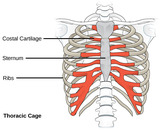
By the end of this section, you will be able to:Discuss the different types of skeletal systemsExplain the role of the human skeletal systemCompare and contrast different skeletal systems
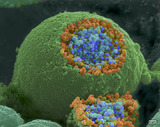
By the end of this section, you will be able to:Describe the basis of the resting membrane potentialExplain the stages of an action potential and how action potentials are propagatedExplain the similarities and differences between chemical and electrical synapsesDescribe long-term potentiation and long-term depression

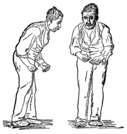
By the end of this section, you will be able to:Describe the symptoms, potential causes, and treatment of several examples of nervous system disorders
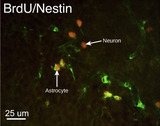
By the end of this section, you will be able to:List and describe the functions of the structural components of a neuronList and describe the four main types of neuronsCompare the functions of different types of glial cells
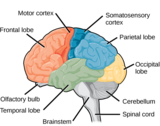
By the end of this section, you will be able to:Identify the spinal cord, cerebral lobes, and other brain areas on a diagram of the brainDescribe the basic functions of the spinal cord, cerebral lobes, and other brain areas
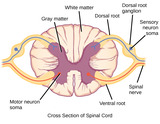
By the end of this section, you will be able to:Describe the organization and functions of the sympathetic and parasympathetic nervous systemsDescribe the organization and function of the sensory-somatic nervous system
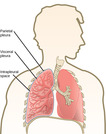
By the end of this section, you will be able to:Describe how the structures of the lungs and thoracic cavity control the mechanics of breathingExplain the importance of compliance and resistance in the lungsDiscuss problems that may arise due to a V/Q mismatch
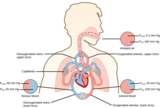
By the end of this section, you will be able to:Name and describe lung volumes and capacitiesUnderstand how gas pressure influences how gases move into and out of the body

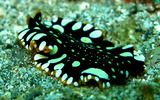
By the end of this section, you will be able to:Describe the passage of air from the outside environment to the lungsExplain how the lungs are protected from particulate matter
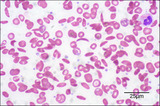
By the end of this section, you will be able to:Describe how oxygen is bound to hemoglobin and transported to body tissuesExplain how carbon dioxide is transported from body tissues to the lungs

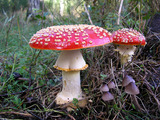
By the end of this section, you will be able to:List the characteristics of fungiDescribe the composition of the myceliumDescribe the mode of nutrition of fungiExplain sexual and asexual reproduction in fungi

By the end of this section, you will be able to:Classify fungi into the five major phylaDescribe each phylum in terms of major representative species and patterns of reproduction

By the end of this section, you will be able to:Describe the role of fungi in the ecosystemDescribe mutualistic relationships of fungi with plant roots and photosynthetic organismsDescribe the beneficial relationship between some fungi and insects
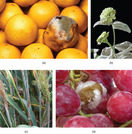
By the end of this section, you will be able to:Describe fungal parasites and pathogens of plantsDescribe the different types of fungal infections in humansExplain why antifungal therapy is hampered by the similarity between fungal and animal cells


By the end of this section, you will be able to:Interpret the metazoan phylogenetic treeDescribe the types of data that scientists use to construct and revise animal phylogenyList some of the relationships within the modern phylogenetic tree that have been discovered as a result of modern molecular data